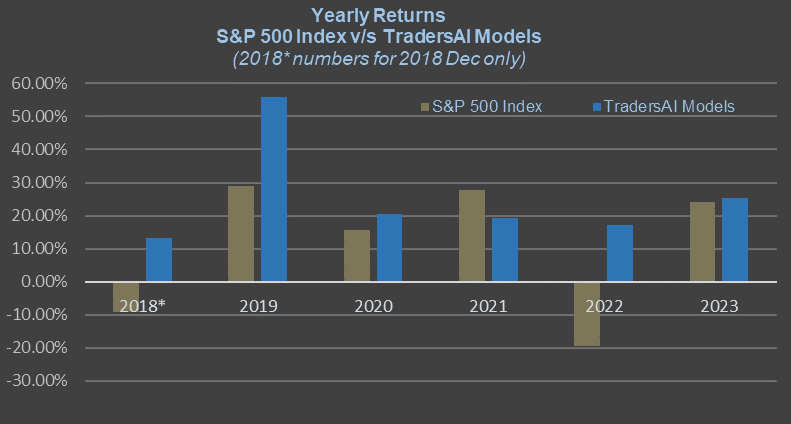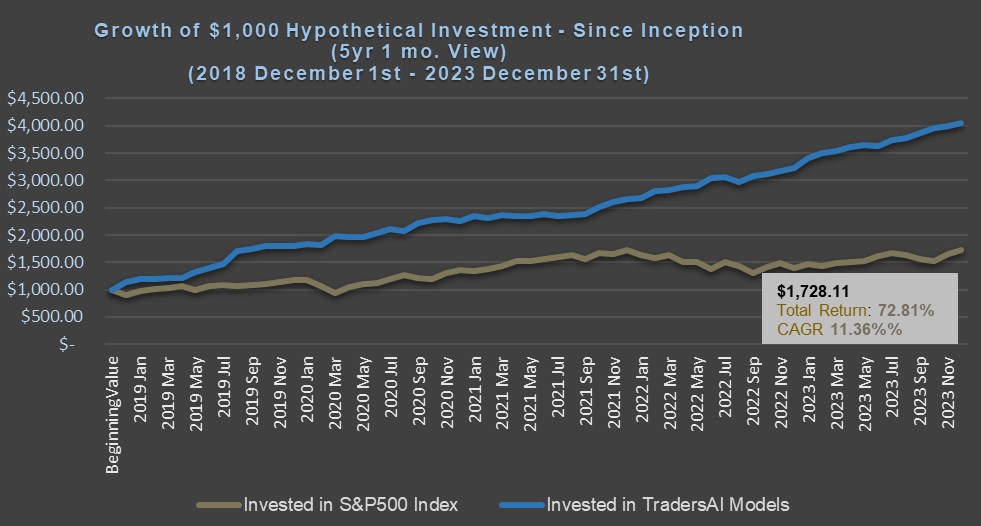Quarterly Ritual of Window Dressing to Drive the Markets today?
The market action today likely to favor the bulls than the bears. Do not short this market while SPX above 2800. A daily close below 2785 has to be registered for our models to negate the current bullish bias.
Below, you will find our models’ trading plans for today:
Trading Plans for FRI, 03/29:
NOTE: The index by itself is NOT tradable. The model plans here based on the S&P index level can be used to trade any instrument that tracks the index – the futures on the index (ES, ES-mini), the options on the futures (ES options), the SPX options, the ETF SPY are just a few examples of the instruments one can adapt these plans to.
These plans are NOT an investment advice to buy or sell any specific securities but are intended to aid – as informational, educational, and research tools – in arriving at your own investment/trading decisions. Always consult a Financial Advisor before making your investment/trading decisions if you are not knowledgeable about these markets.
Medium-term Models: For today, Friday 03/29, our medium-term models indicate going long on a break above 2828 with a 10-point trailing stop. No short trade indicated today.
Aggressive Intraday Models: For today, Friday 03/29, our aggressive intraday models indicate going long on a break above 2828 or 2819 or 2805, and going short on a break below 2797 or 2784 – all with an 8-point trailing stop.
Note: For the trades to trigger, the breaks should occur during regular session hours starting at 9:30am ET. Due to the intraday nature of these aggressive models, they indicate closing any open trades at 3:55pm and remaining flat into the session close. Only one open position at any given time.
IMPORTANT RISK DISCLOSURES AND NOTICES – READ CAREFULLY:
(ii) Do NOT make your financial investment or trading decisions based on this article; anyone doing so shall do so solely at their own risk. The author will NOT be responsible for any losses or loss of potential gains arising from any investments/trades made based on the opinions, forecasts or other information contained in this article.
(iii) Risk Warning: Investing, trading in S&P 500 Index – spot, futures, or options or in any other synthetic form – or its component stocks carries inherent risk of loss. Trading in leveraged instruments such as futures carries much higher risk of significant losses and you may lose more than you invested in them. Carefully consider your individual financial situation and investment objectives before investing in any financial instruments. If you are not a professional trader, consult a professional investment advisor before making your investment decisions.
(iv) Past performance: This article may contain references to past performance of hypothetical trades or past forecasts, which should NOT be taken as any representation or promise or guarantee of potential future profits. Past performance is not indicative of future performance.
(v) The author makes no representations whatsoever and assumes no responsibility as to the suitability, accuracy, completeness or validity of the information or the forecasts provided.
(vi) All opinions expressed herein are subject to change at any time, without any notice to anyone.





